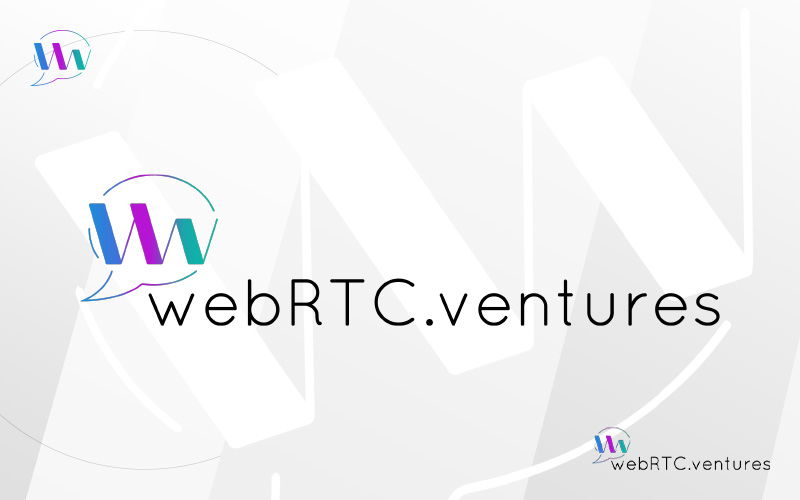
This year's WebRTC and Real-Time Applications Track at the IIT RTC Conference includes a host of great speakers on topics that include CPaaS optimization, ultra low latency streaming, implementing adaptive streaming and dynamic broadcasting, WebRTC as a production collaboration tool, SFU cascading, low code/ no code, overcoming the challenges of AR and VR in the metaverse, and much more.

For our 70th episode of WebRTC Live, Arin welcomed Kamailio Consultant, VoIP Engineer, SIP Expert Fred Posner to discuss bridging WebRTC to SIP via Kamailio and use cases such as call centers, remote workers, and PSTN connectivity.

WebRTC.ventures is pleased to announce the promotion of Hector Zelaya to WebRTC Developer Advocate. Hector will be a technical community builder to educate potential clients and our internal team about the basics and best practices in WebRTC application development.

When we integrate WebRTC into an application, like magic, we enable real-time communication between users all over the world by video, voice, or chat. It is reliable, user-friendly, secure, scalable, and so much more. And we’ve only scratched the surface on how we can apply it.






